Why Is Indian Food So Popular? A Spicy Journey Around the Globe!
Have you ever wondered why Indian food seems to be everywhere these days—from street carts in Bangkok to fine dining restaurants in New York City? It’s not just a passing trend; it’s a global love affair with spices, aromas, and unforgettable flavors. In this article, we’ll take you on a flavorful journey through Global Spice Traditions, exploring what makes Indian cuisine so irresistibly popular.
Table of Contents
- The Secret Behind Indian Cuisine’s Global Appeal
- Top 5 Dishes That Put Indian Food on the World Map
- How Indian Food Has Inspired Global Cuisines
- Spice Buying Guide: Essential Ingredients for Your Kitchen
- Pro Tips for Cooking Like an Indian Grandma (Without the Pressure)
- Bringing Indian Flavors into Your Everyday Meals
The Secret Behind Indian Cuisine’s Global Appeal
If there's one thing that defines Indian food, it's the symphony of spices. But how did this ancient spice culture become such a global sensation? Let’s break it down:
- Layered Flavor Profiles: Indian dishes are like culinary matryoshka dolls—each bite reveals a new layer of flavor, from sweet and sour to spicy and earthy.
- Cultural Diversity: With over 28 states and thousands of regional variations, Indian cuisine is as diverse as its people. Each region offers something unique.
- Health Benefits: Many Indian spices like turmeric, cumin, and ginger have been celebrated for their medicinal properties for centuries.
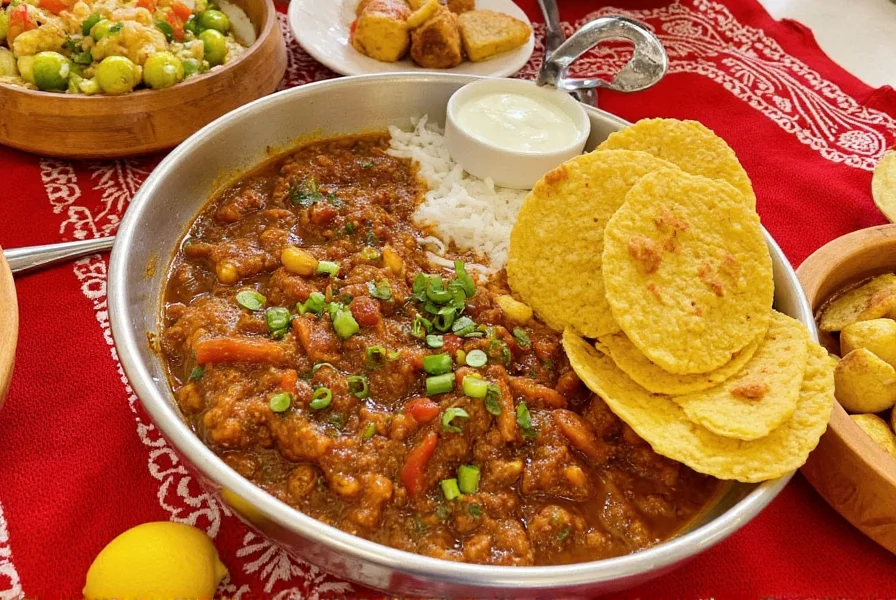
Top 5 Dishes That Put Indian Food on the World Map
From buttery curries to smoky tandoor delights, here are the top five Indian dishes that made the world fall head over heels:
- Butter Chicken: Rich, creamy, and mildly spiced, this dish is a favorite across continents.
- Chicken Tikka Masala: Often dubbed the UK’s national dish, this curry combines grilled chicken chunks in a spiced tomato sauce.
- Dal Makhani: Slow-cooked black lentils and kidney beans simmered in butter and cream—comfort food at its finest.
- Pani Puri: A street food favorite filled with spicy water, tamarind chutney, and potatoes—bursting with flavor!
- Biryani: Fragrant rice layered with meat or veggies, saffron, and aromatic spices—perfect for any celebration.
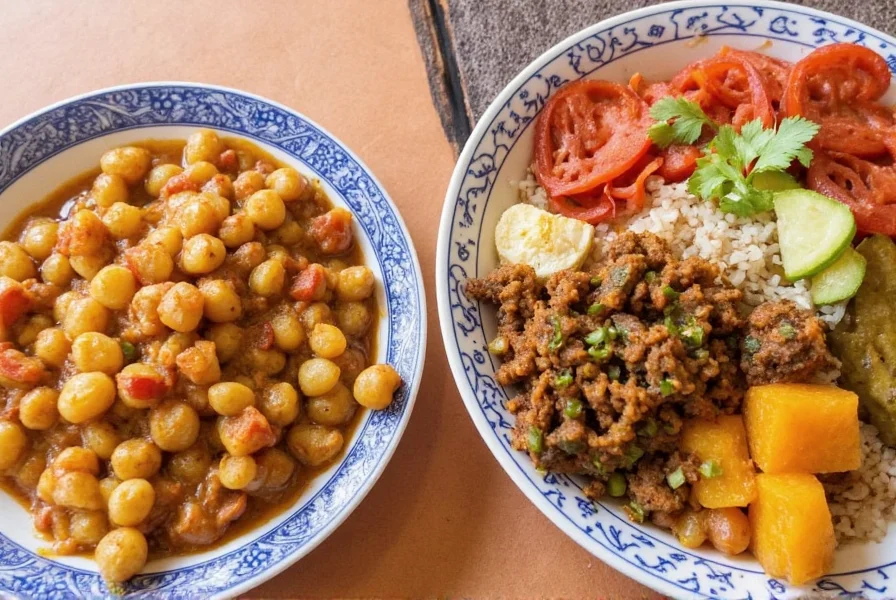
How Indian Food Has Inspired Global Cuisines
Indian flavors have seeped into cuisines around the globe, creating some exciting fusion dishes. Here’s how different countries have embraced Indian influences:
| Country | Inspired Dish | Indian Influence |
|---|---|---|
| United Kingdom | Balti Curry | Developed by British-Indian chefs using traditional spices but cooked quickly in woks. |
| Jamaica | Curry Goat | Brought by Indian laborers during colonial times, now a Caribbean staple. |
| Malaysia/Singapore | Laksa | A blend of Chinese noodles with Indian-influenced curry paste. |
| East Africa | Pilau | Aromatic rice dishes brought by Indian traders and now part of local traditions. |
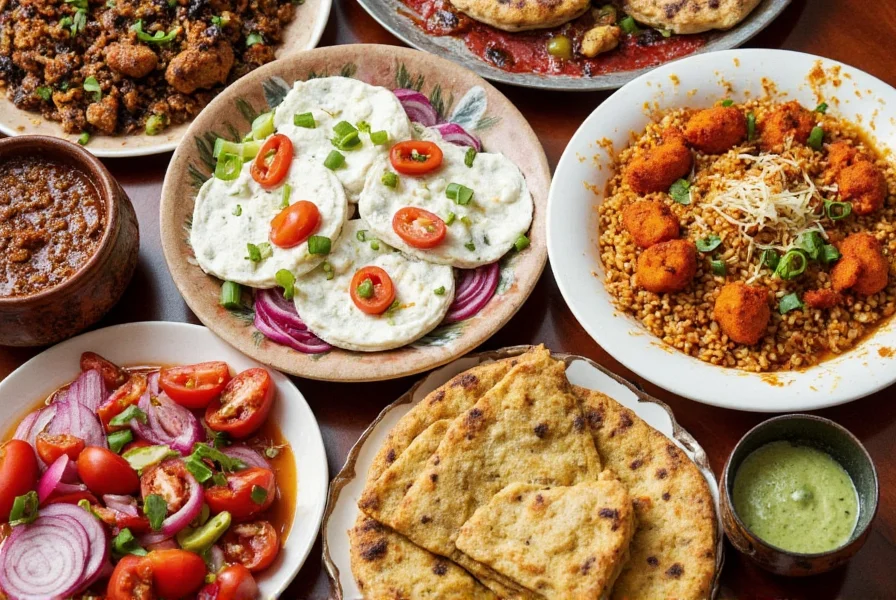
Spice Buying Guide: Essential Ingredients for Your Kitchen
Ready to start cooking Indian dishes at home? Here’s your essential spice buying guide to get started:
Top 6 Must-Have Indian Spices
| Spice | Main Use | Best Brands | Storage Tip |
|---|---|---|---|
| Turmeric | Anti-inflammatory base for many curries | Mccormick, Everest | Keep in a cool, dark place |
| Cumin Seeds | Fundamental for tempering (tadka) | Sun Brand, MDH | Toasting enhances flavor |
| Garam Masala | Adds warmth to stews and meats | Zamora, Anar | Use within 6 months for freshness |
| Coriander Powder | Used in almost every curry base | Vasant Masale, Tata Sampann | Buy whole seeds and grind as needed |
| Chili Powder | For heat—adjust to taste | Kohinoor, Priya | Store away from moisture |
| Cardamom | Essential for desserts and chai | El蔻, Star | Whole pods last longer than ground |
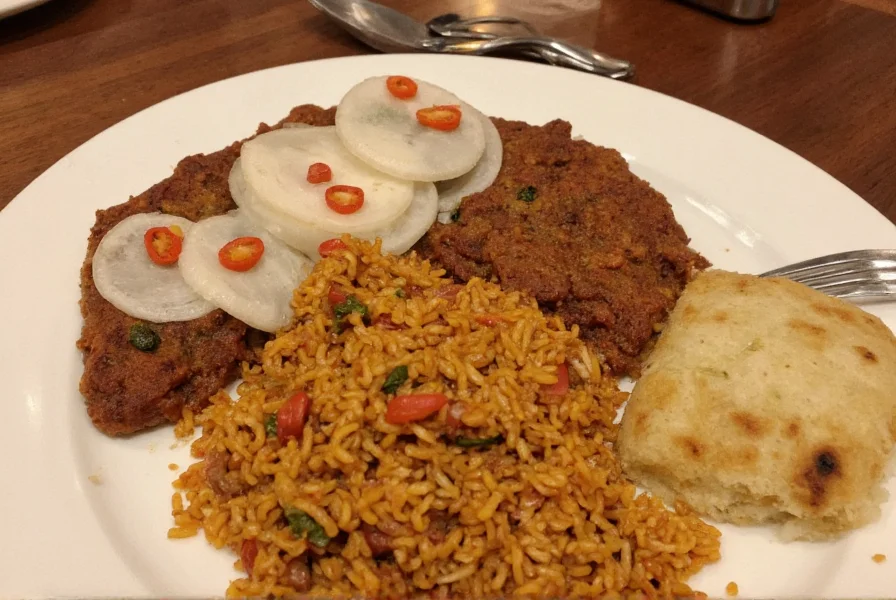
Pro Tips for Cooking Like an Indian Grandma (Without the Pressure)
You don’t need a PhD in spice science to cook great Indian food. Here are some easy tips to help you out:
- Toasting Spices: Always toast dry spices before grinding them—it unlocks deeper flavor.
- The Art of Tadka: Start your dish with hot oil, mustard seeds, cumin, and curry leaves for that authentic aroma.
- Use Fresh Herbs: Coriander (cilantro) can elevate a simple curry to restaurant-level status.
- Don’t Skip the Lemon: A squeeze of fresh lime juice brightens up even the richest gravies.
- Let It Rest: Many curries taste better the next day after the flavors meld together.
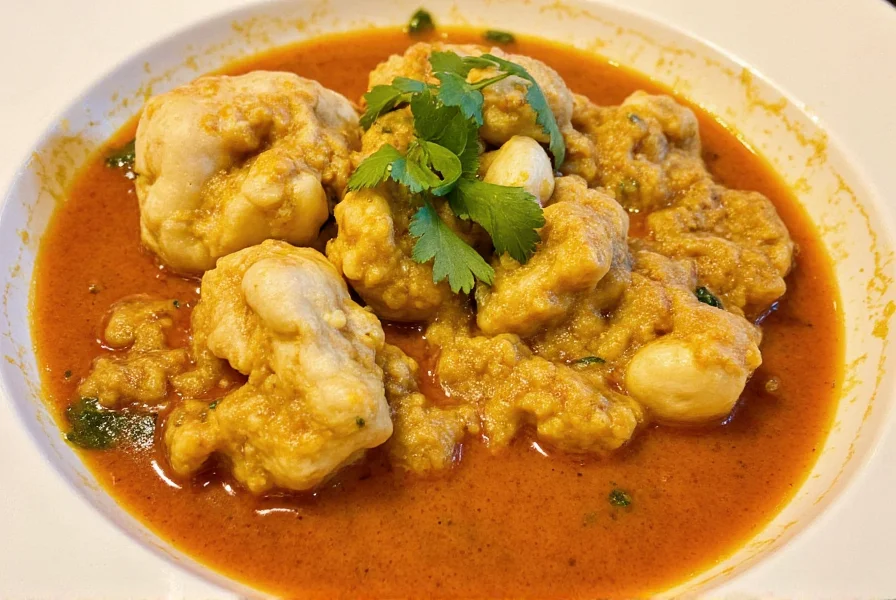
Bringing Indian Flavors into Your Everyday Meals
Want to sneak some Indian flair into your daily cooking without committing to full-on curries every night? Try these ideas:
- Spiced Scrambled Eggs: Add a pinch of garam masala and turmeric to your morning eggs.
- Cumin-Roasted Vegetables: Toss carrots or cauliflower with cumin, chili powder, and olive oil before roasting.
- Indian-Inspired Stir Fry: Swap soy sauce for tamarind paste and add curry leaves for a twist.
- Masala Popcorn: Drizzle melted butter over popcorn and sprinkle chaat masala for a quick snack.
- Chai Smoothie: Blend milk, banana, cinnamon, cardamom, and a touch of honey for a healthy morning treat.
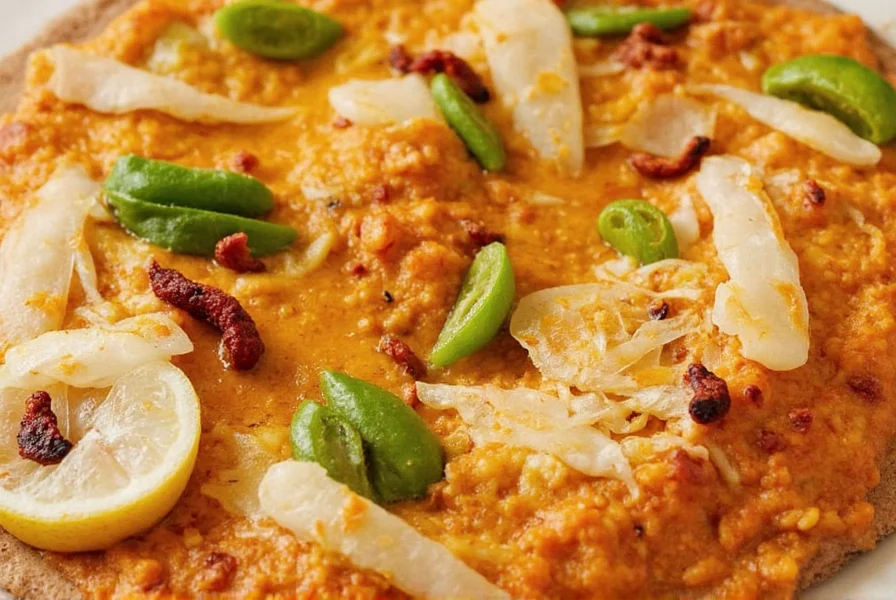
Conclusion: The Endless Allure of Indian Cuisine
Indian food has captured hearts and taste buds across the globe—not just because it’s delicious, but because it tells stories of heritage, community, and passion. Whether you're enjoying a steaming bowl of dal at home or savoring a butter chicken wrap at your local food truck, you’re part of a global movement that celebrates bold flavors and shared experiences.
So the next time someone asks, “Why is Indian food so popular?” you’ll know the answer: it’s not just a meal—it’s an adventure!
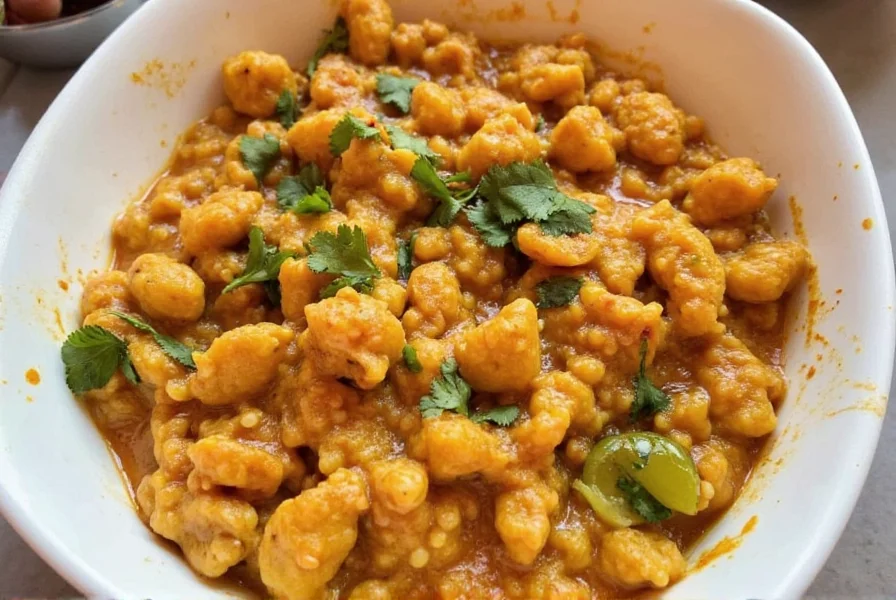











 浙公网安备
33010002000092号
浙公网安备
33010002000092号 浙B2-20120091-4
浙B2-20120091-4